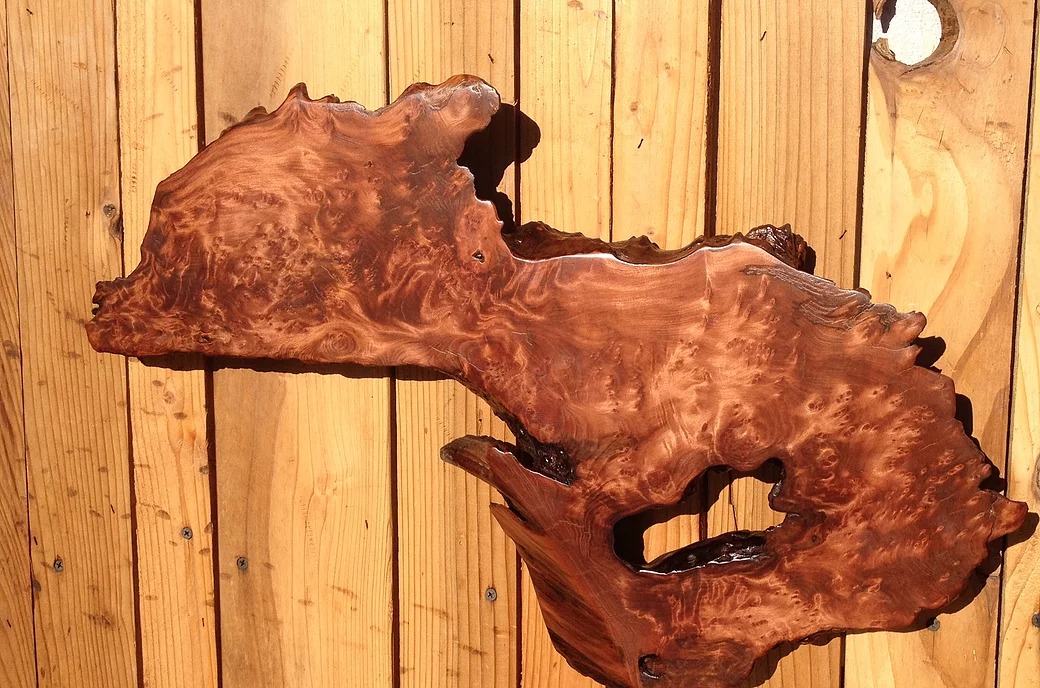
Guest Post by Adam Dias
Finishing Redwood Part I
 Raw wood sales are a big part of our business. Whether first-time do it yourselfers looking to save a little money by finishing out their own project or professional woodworkers, we constantly receive the same questions from our customers in regards to finishing redwood. How do we finish redwood, and what kind of finish do we recommend?
Raw wood sales are a big part of our business. Whether first-time do it yourselfers looking to save a little money by finishing out their own project or professional woodworkers, we constantly receive the same questions from our customers in regards to finishing redwood. How do we finish redwood, and what kind of finish do we recommend?
Redwood burl, old-growth redwood, and even second-growth redwood captivate the eye and mind, which can make working with them seem intimidating. Too many new woodworkers, redwood seems like a type of wood that, because it is so unique and rare, should also be treated as such when applying finish. However, this is not the case.
Finishing Redwood is Similar to Finishing Other Woods
I have been finishing Redwood since I was about 10 years old. I have also finished other woods, including manzanita burl, juniper, maple, madrone, buckeye, alder, and others. Redwood has amazing rot resistance color, unique grain patterns, and awe-inspiring size. Redwood has one other unique quality – it can work as both hardwood and softwood.
Usually redwood is soft. However, I have cut redwood burls so hard they dulled a brand new saw blade in one cut. Often this hard and soft pattern can exist in the same cut of wood.
For this reason, one must always be on the lookout for changes in the finish sheen while applying finish. This can be done by simply looking across the surface of the wood in good lighting. If your piece has hard and soft spots you will see brighter and more dull areas. The trick is to keep sanding and apply finish until the entire piece is of the same sheen.
This is a two-part blog entry. I will post some photos and more information on types of finishes, their reaction to redwood, and their application in the next post.
Tags: burl wood, Custom Burl Wood Furniture, reclaimed redwood, redwood burl, sustainable materials